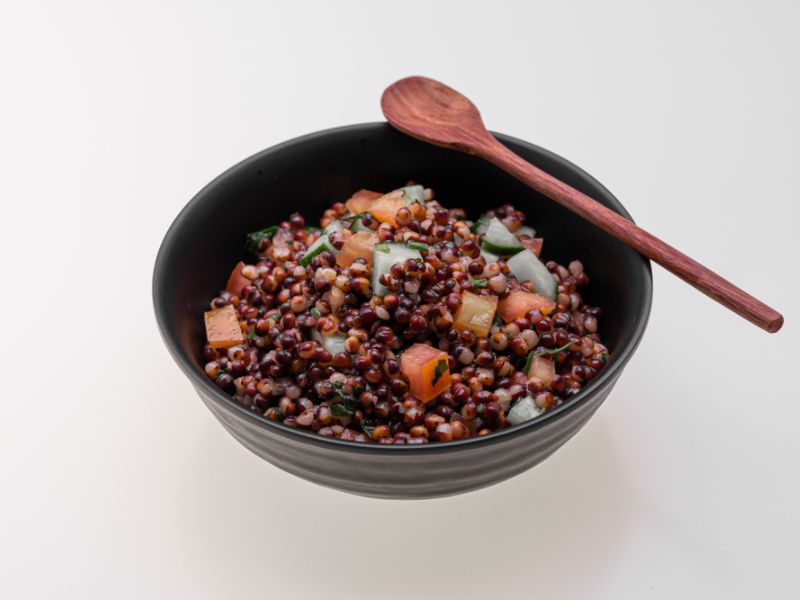Sorghum is an excellent whole grain to add to your diet if you want to increase your intake of whole grains. Despite its ancient origins, this grain is a mighty nutritional powerhouse. There are a lot of whole grains out there, so sorghum’s perks may get lost in the mix.

Image Credit: Shutterstock/RcriStudio
Super Crop: Sorghum
A superfood, sorghum is one of the most widely grown crops in the United States and has a variety of uses beyond food. Due to its African origin, it thrives in hot weather, making it an excellent grain for farmers. In the early 1800s, it arrived in the United States and now stretches from South Dakota to South Texas.
What It Is Used For
Sorghum is a gluten-free grain that has a wide range of applications. In addition to cereals and flour, it is also used for livestock feed, ethanol, syrup, and brooms. Sorghum comes in wide varieties, but grain and sweet sorghum are primarily used for food processing, such as flour and syrup.
Incorporating Whole-Grain Sorghum Into The Diet
Sorghum grains are round, pale in color, and slightly smaller than corn kernels. It can be eaten and prepared in several ways. As gluten-free flour, it can be found in breakfast cereals. Besides salads and side dishes, you can enjoy sorghum’s nutty, toothsome texture in granola and granola bars. Many recipes use sorghum syrup, a sweet sorghum syrup ingredient. Producers make syrup out of stalks, using a similar method to granulated sugar.

Image Credit: Shutterstock/RcriStudio
Beneficial Effects On Health
A grain like this contains many nutrients, which is why it is considered a superfood. Vegetarians can benefit from whole-grain sorghum’s 10% daily iron content (1/4 cup dry), making it a healthy snack. A healthy dose of fiber also helps digestion, lowers cholesterol, lowers blood pressure, and regulates blood sugar. Sorghum also contains 19% of the DV for magnesium, which may help you maintain healthy blood pressure.